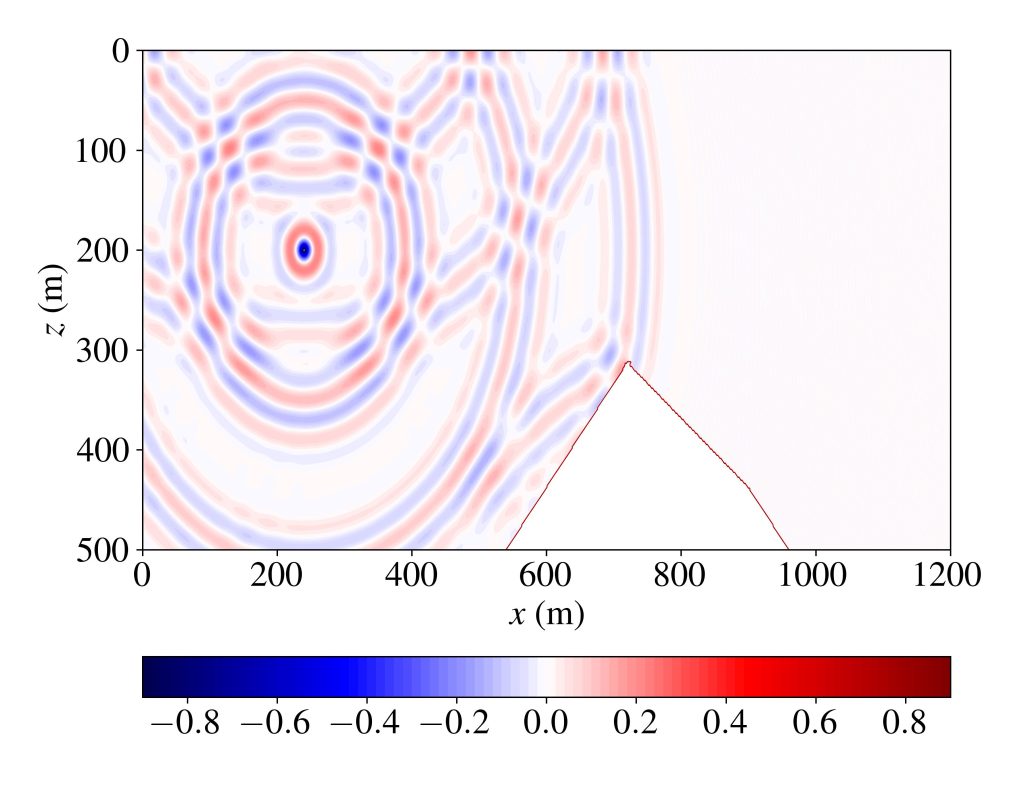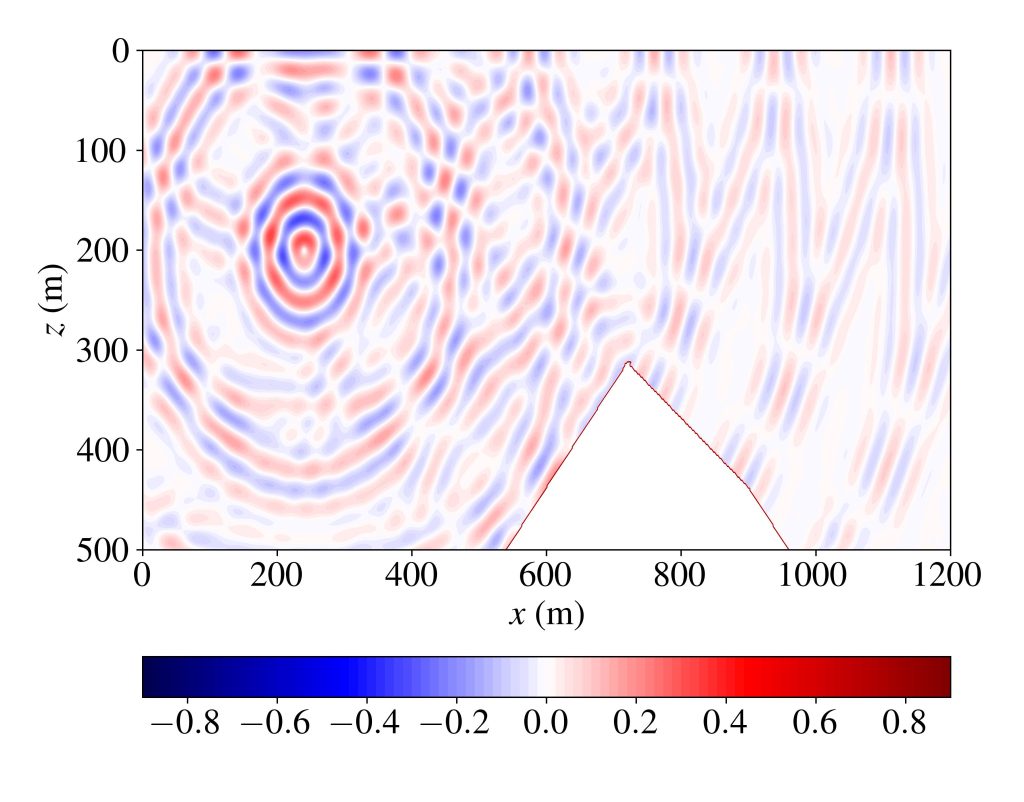Computational modelling of underwater acoustic propagation with Nektar++
Dr Wrik Malik, James Watt School of Engineering, University of Glasgow
Underwater radiated noise from shipping activities and offshore wind turbine construction/operation acts as a stressor for marine mammals. Thus, there is an urgent need to develop accurate underwater noise source characterisation and prediction capability of underwater radiated noise to regulate industrial marine activities. Existing practices for routine numerical modelling of underwater ocean noise still rely on hybrid numerical-analytical techniques (e.g., ray tracing), which cannot capture complex wave propagation physics. This motivates the development of more accurate computational models, which can capture the multiscale/multiphysics nature of underwater ocean acoustics. Nektar++ Acoustic Solver [1] has been recently used to establish such high-fidelity computational modelling of underwater acoustics. Using Nektar’s high-order spectral element method the AcousticPerturbation Equations [2] were numerically solved to explore the complex physics of acoustic scattering and interference of acoustic waves. Figures 1 (a) and (b) shows one such scenario where broadband acoustic sources scatter from rigid seamount-like structures after 0.36 seconds and 0.72 seconds of computation time, respectively. These results published recently [3], demonstrates the present capability of Nektar++ Acoustic Solver to model underwater acoustic physics.


Figure 1 Complex underwater wave patterns generated due to scattering from rigid seamount and interference of broadband acoustic waves [3]. The colour bar shows normalised acoustic pressure fluctuations.
Further research into more accurate computational modelling of underwater acoustic propagation and development of coupled fluid/acoustic solvers for underwater acoustics is presently undertaken by Dr Wrik Mallik at University of Glasgow, and several other researchers across UK.
References
- Moxey, D., Cantwell, C.D., Bao, Y., Cassinelli, A., Castiglioni, G., Chun, S., Juda, E., Kazemi, E., Lackhove, K., Marcon, J. and Mengaldo, G., 2020. Nektar++: Enhancing the capability and application of high-fidelity spectral/hp element methods. Computer Physics Communications, 249, p.107110.
- Ewert, R. and Schröder, W., 2003. Acoustic perturbation equations based on flow decomposition via source filtering. Journal of Computational Physics, 188(2), pp.365-398.
- Mallik, W., Jaiman, R. and Jelovica, J., 2024. Deep neural network for learning wave scattering and interference of underwater acoustics. Physics of Fluids, 36(1).